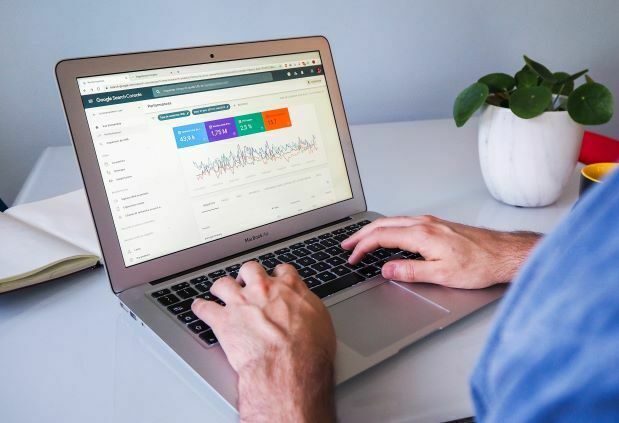
Decoding the Clickonomics: A Beginner’s Guide to Pay-Per-Click (PPC)
Imagine a bustling marketplace where you only pay for the customers who walk into your store. That’s the magic of Pay-Per-Click (PPC) advertising, a digital marketing strategy where you only pay when someone clicks on your ad. Think of it as buying targeted online attention, rather than renting generic billboard space.
So, how does PPC work?
- Bidding on Keywords: You choose relevant keywords related to your product or service. These could be broad terms like “shoes” or specific phrases like “eco-friendly running shoes for women.”
- Auction Time: When someone searches for those keywords, your ad enters an automated auction with other advertisers bidding on the same terms.
- The Highest Bidder Wins: The platform (like Google Ads or Bing Ads) displays the ad of the highest bidder on the search engine results page (SERP) or other designated spots.
- Click, Pay, Repeat: If someone clicks on your ad, you pay a pre-determined amount, called the cost-per-click (CPC). The platform deducts this amount from your advertising budget.
Why Go PPC?
PPC offers several advantages for businesses of all sizes:
- Targeted Reach: You reach people actively searching for what you offer, increasing the chances of qualified leads and conversions.
- Fast Results: Unlike organic SEO, PPC can drive traffic to your website instantly, making it ideal for time-sensitive campaigns or product launches.
- Measurable Performance: Track your clicks, conversions, and ROI (return on investment) with detailed analytics, allowing you to optimize your campaigns for better results.
- Control and Flexibility: Set budget limits, adjust bids, and target specific demographics or locations, giving you complete control over your ad spending.
Beyond Search Engines:
PPC isn’t just for search engine results pages. You can also run PPC ads on social media platforms like Facebook and Instagram, where your ads appear in users’ newsfeeds or stories. This allows you to target specific interests and demographics, offering even more flexibility.
The Clicktionary:
- CPC (Cost-Per-Click): The amount you pay each time someone clicks on your ad.
- CTR (Click-Through Rate): The percentage of people who see your ad and click on it.
- ROI (Return on Investment): How much revenue you generate for each dollar spent on PPC advertising.
Mastering the Clicks:
PPC can be a powerful tool, but it requires careful planning and ongoing optimization. Here are some tips for success:
- Do your keyword research: Choose relevant keywords with high search volume and low competition.
- Craft compelling ad copy: Write clear, concise ads that grab attention and encourage clicks.
- Optimize your landing pages: Ensure your website pages are relevant to your ads and offer a seamless user experience.
- Set realistic budgets and track your results: Start small, monitor your performance, and adjust your strategy as needed.
Remember, PPC is a marathon, not a sprint. With continuous learning and optimization, you can turn clicks into conversions and boost your business to new heights. So, are you ready to join the clickonomics revolution? Start exploring the exciting world of PPC and watch your online presence soar!
Additional Resources:
- Google Ads Help Center: https://support.google.com/google-ads/?hl=en
- Bing Ads Help Center: https://learn.microsoft.com/en-us/advertising/guides/audience-ads?view=bingads-13
- WordStream PPC Guide: https://www.wordstream.com/learn
I hope this article demystifies the world of PPC for you! If you have any further questions, feel free to ask.